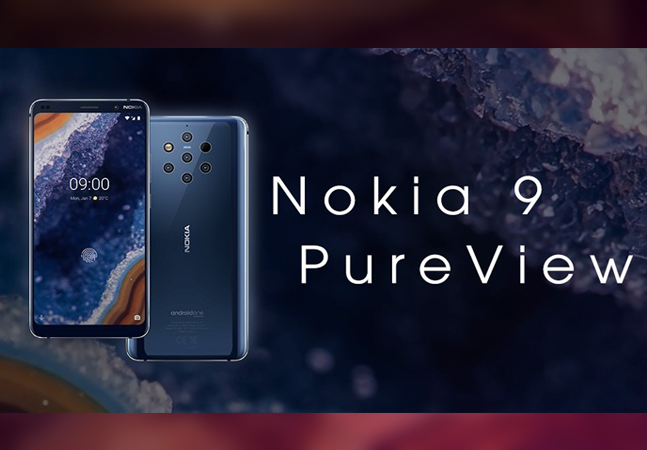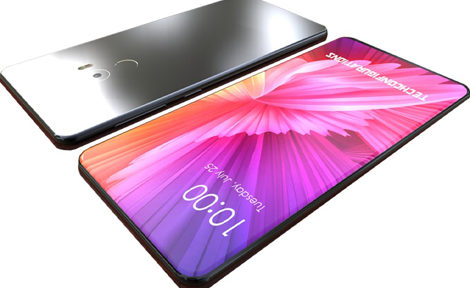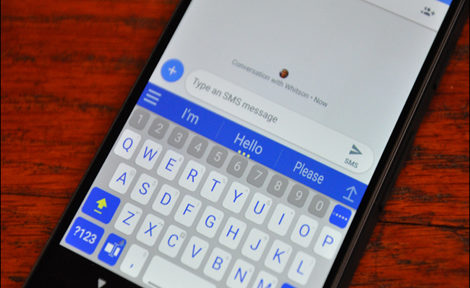HMD Global unveiled five phones ahead of the Mobile World Congress (MWC) last week, but it was one in particular that grabbed all the headlines. That of course was the Nokia 9 PureView, the first mainstream smartphone to feature a five-camera setup on the rear. The smartphone packs two colour (RGB) and three monochrome 12-megapixel sensors, all with the same f/1.82 aperture and field-of-view.
It also marks a revival of the PureView brand, first seen on the Nokia 808, followed by the Nokia Lumia 1020 (apart from a couple of other Lumia phones), both of which packed 41-megapixel sensors. In that sense, the Nokia 9 PureView is a phone that many have been anticipating ever since HMD Global revived the Nokia brand a little over two years ago.
“The Nokia brand has that heritage”, says Pranav Shroff, Director, Global Portfolio Strategy & Planning, HMD Global. “Will the PureView come back, what will you do with the PureView? It was almost like an expectation when we came into the world of Android. We did this on Symbian. We did this on Windows. The question was what will you do on Android?”
Manufacturers have usually gone down two different routes with multi-lens camera setups — the first involves offering different types of lenses for use in different scenarios. The other approach involves combining data from different sensors to create an image that (ideally) has more information than what would’ve been possible with a single sensor.
“There are different ways of doing this. You can configure your imaging solution as a Swiss knife — you have a specific purpose, you pull out the lens that you need for it, and you configure it. So there’s a main, or a telephoto, or there’s an ultra-wide etc,” Shroff adds. “Or then we wanted to pioneer was something like this.”
While the approach itself isn’t new or pioneering in any way, throwing as many as five sensors at the problem certainly is an industry-first, and something that presented its unique challenges.
“Five similar sensors, with similar kind of specifications, two RGB, three mono, but they capture as much amount of light as you typical never seen in a smartphone,” Shroff continues. “And then all of them [sensors] will simultaneously click at least one picture.”
“So every time you capture, you have at least sixty megapixels of data, but in certain settings — if your shot is such that you have very bright sunlight and very dark points, you can go all the way up to 240 megapixels of data.”
That’s because the Nokia 9 PureView is configured to shoot up to four different frames from each sensor, at different exposures, every time you click a picture, if the algorithm determines that’s what’s necessary to capture the moment. This involved building a lot of custom tech and Gadgets 360 spoke to Juho Sarvikas, Chief Product Officer — HMD Global, to find out how everything comes together to delivery this enhanced imaging experience.
“Five Sony sensors, 1.25 micron, like I said, three are monochrome, two are RGB,” says Sarvikas. “We did careful analysis in terms of, like, from an image quality point of view, how much of a benefit we get from different amount of sensors, and during the development process, we switched the positions.”
Ultimately, HMD settled on the configuration wherein the colour sensors are in the middle (below the ZEISS branding), right below a monochrome sensor, with the two other monochrome sensors on either side. As for the number of sensors, Sarvikas says their testing showed “diminishing returns” beyond five sensors.
Source:
https://gadgets.ndtv.com/mobiles/features/nokia-9-pureview-five-cameras-240-megapixel-how-does-it-work-light-partnership-2002403?pfrom=home-indepth







